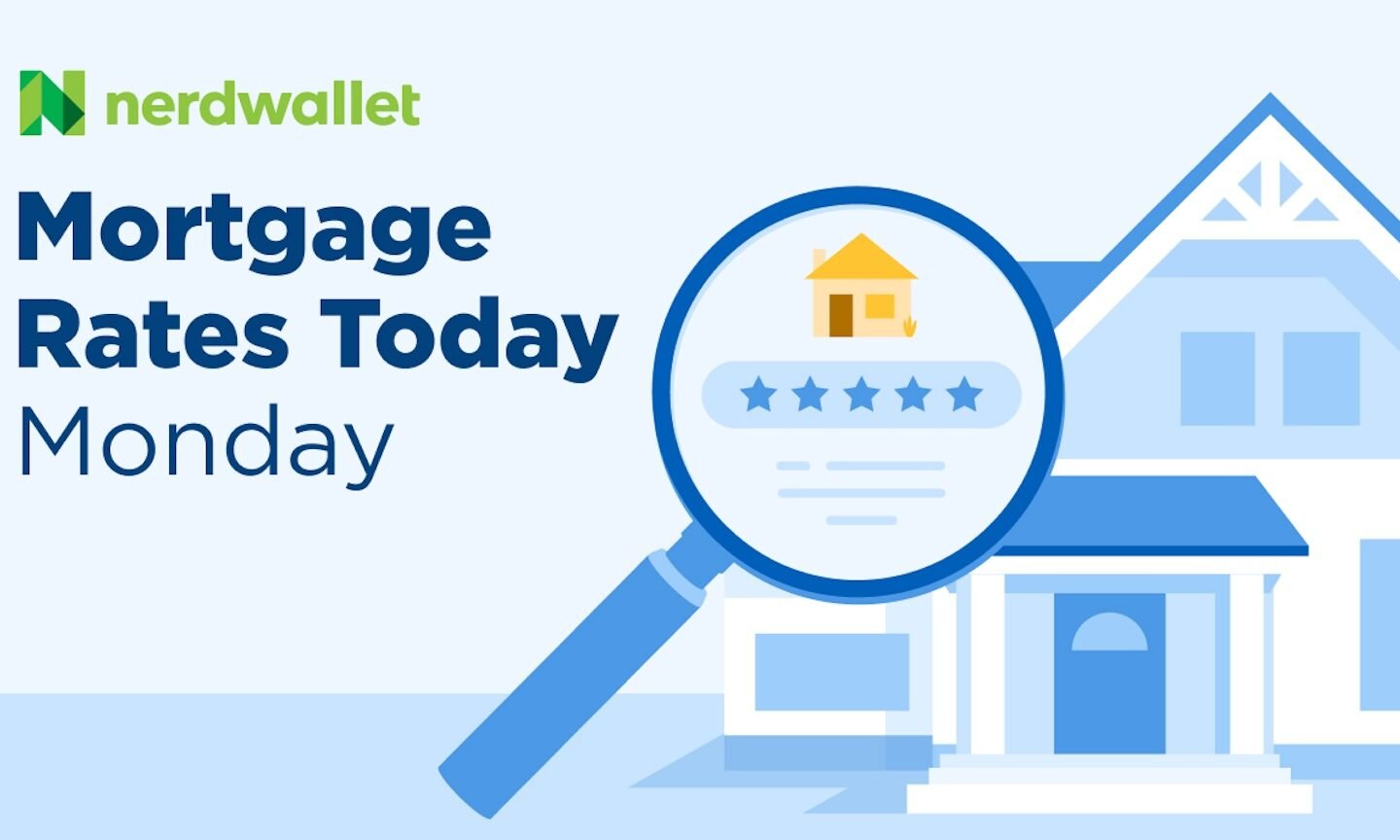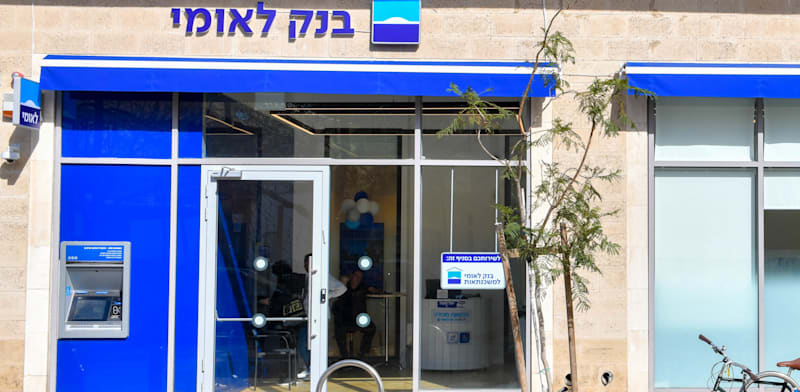Paying for an undergraduate degree might feel overwhelming, even more so if you come from a low-income background. But you have options for covering your college expenses — and some are only available to students who can show they have financial need for support.
From financial aid packages and scholarships to federal loans, you can pay for college with a mix of sources. Your income doesn’t have to be an insurmountable barrier to education.
Here’s what you need to know about low-income student loans.
Start by submitting the Free Application for Federal Student Aid (FAFSA) form. Colleges use the FAFSA to determine if you qualify for financial aid, such as Pell grants, scholarships or work-study opportunities. This form also qualifies you for federal student loans.
You’ll need to provide information about your income, savings and taxes, as well as which colleges you are applying to. If you are a dependent on a parent’s tax return or married, your parent or spouse will likely need to fill out information about their finances as well.
2. Accept any FAFSA-based financial aid
Once the Department of Education processes your FAFSA, it’ll send your information to the schools you listed on your form. If any of those colleges want to offer you a financial aid package based on your FAFSA, they’ll notify you of how much they can give you and how you can accept the offer.
Generally, you don’t have to pay back funds that you receive because of your financial need. That’s why it’s smart to accept need-based financial aid before taking out loans.
Depending on your financial situation, you might qualify for grants, which are usually awarded to those with financial need. Some grants have additional requirements, such as earning a degree in a certain field, so study the requirements before accepting a grant.
You might also qualify for a work-study job, which allows you to earn income part-time at your college or university. Some work-study jobs let students work jobs related to their degrees to help them gain experience. Not all colleges participate in the federal work-study program, so research if a school offers this type of financial aid if you’re interested.
🤓Nerdy Tip
Not all student jobs at colleges and universities qualify for work-study funding. If you don’t qualify for work-study financial aid, ask your college counselor where to find postings for non-work-study jobs on your campus.
3. Search for other funding sources before applying for loans
If you still have a gap in funding after accepting need-based financial aid, look for other sources of money that you won’t have to repay. Scholarships are usually awarded based on merit. That means the organization or company choosing which students receive scholarships consider factors such as academic achievement or participation in certain activities.
Scholarships are also available if you belong with a certain group, such as identifying as transgender or being a dependent of a military veteran. Some scholarships consider financial need when awarding money.
🤓Nerdy Tip
If it will be hard to afford your preferred school, consider starting at a school with cheaper tuition. You can begin at a community college, trade school or technical school and then, if you want, transfer to a four-year university to finish your degree.
4. Fill funding gaps with federal loans
If you’ve exhausted your options for funding you don’t have to repay and still have some college expenses left to cover, you might need to consider taking out a college loan.
Look into federal loans before considering private loans. Federal student loans often have lower interest rates than private student loans, and they don’t require a credit or income check. They also offer benefits that can save you money after you graduate if you qualify, such as:
Pauses in payments. Some federal loan programs allow you to pause your payments in certain financial situations, through forbearance or deferment.
Did you know…
President Donald Trump’s “one big, beautiful bill” will have significant effects on federal loans and their protection programs. Most of these changes won’t go into effect until at least July 2026, but consider now how the changes will affect your future loans. Learn more about upcoming student loan changes.
The Department of Education offers three types of student loans to undergraduates: subsidized, unsubsidized and parent PLUS loans.
Each type of loan has a limit on how much a student can borrow during a school year. Some factors, such as the type of program you enroll in, can affect your annual loan limit. (Learn more about student loan maximums.)
Subsidized student loans
Direct subsidized loans are provided for undergraduate students whose FAFSA indicates they have financial need for support.
These loans don’t require you to pay interest during certain periods. Instead, the Education Department pays the loan’s interest while you are enrolled at least half-time. The government also pays interest during the six months after you leave college and during any deferments.
Not paying interest during these times can save you money over the life of your loan.
Unsubsidized student loans
With an unsubsidized loan, the Education Department is still the lender, but you’re responsible for all of the interest, which starts accruing the day your loan is disbursed to you.
Unlike subsidized loans, unsubsidized loans are available to all students enrolled at least half time, regardless of financial need. So they can be a solid option for students who don’t qualify for subsidized loans, or those who did qualify for subsidized loans but reached their maximum loan amount and still have more to borrow.
Parent PLUS loans
If you qualify as a dependent on one of your parents’ tax returns, your parent can take out a federal parent PLUS loan to pay for your college expenses. This can be helpful if you still have college expenses to pay despite accepting financial aid and taking out your own federal student loans.
However, parent PLUS loans have higher interest rates than federal loans that students take out in their own names. So it’s generally better to only consider parent PLUS loans if your own loans won’t cover your expenses.
Top Private Student Loan Lenders
Ad
Best for payment flexibility
2.89-17.99%
College Ave Student Loans products are made available through Firstrust Bank, member FDIC, First Citizens Community Bank, member FDIC, or M.Y. Safra Bank, FSB, member FDIC. All loans are subject to individual approval and adherence to underwriting guidelines. Program restrictions, other terms, and conditions apply. (1)All rates include the auto-pay discount. The 0.25% auto-pay interest rate reduction applies as long as a valid bank account is designated for required monthly payments. If a payment is returned, you will lose this benefit. Variable rates may increase after consummation. (2)As certified by your school and less any other financial aid you might receive. Minimum $1,000. (3)This informational repayment example uses typical loan terms for a freshman borrower who selects the Flat Repayment Option with an 8-year repayment term, has a $10,000 loan that is disbursed in one disbursement and a 7.78% fixed Annual Percentage Rate (“APR”): 54 monthly payments of $25 while in school, followed by 96 monthly payments of $176.21 while in the repayment period, for a total amount of payments of $18,266.38. Loans will never have a full principal and interest monthly payment of less than $50. Your actual rates and repayment terms may vary. Information advertised valid as of 8/11/2025. Variable interest rates may increase after consummation. Approved interest rate will depend on creditworthiness of the applicant(s), lowest advertised rates only available to the most creditworthy applicants and require selection of the Flat Repayment Option with the shortest available loan term.
4.24-17.99%
College Ave Student Loans products are made available through Firstrust Bank, member FDIC, First Citizens Community Bank, member FDIC, or M.Y. Safra Bank, FSB, member FDIC. All loans are subject to individual approval and adherence to underwriting guidelines. Program restrictions, other terms, and conditions apply. (1)All rates include the auto-pay discount. The 0.25% auto-pay interest rate reduction applies as long as a valid bank account is designated for required monthly payments. If a payment is returned, you will lose this benefit. Variable rates may increase after consummation. (2)As certified by your school and less any other financial aid you might receive. Minimum $1,000. (3)This informational repayment example uses typical loan terms for a freshman borrower who selects the Flat Repayment Option with an 8-year repayment term, has a $10,000 loan that is disbursed in one disbursement and a 7.78% fixed Annual Percentage Rate (“APR”): 54 monthly payments of $25 while in school, followed by 96 monthly payments of $176.21 while in the repayment period, for a total amount of payments of $18,266.38. Loans will never have a full principal and interest monthly payment of less than $50. Your actual rates and repayment terms may vary. Information advertised valid as of 8/11/2025. Variable interest rates may increase after consummation. Approved interest rate will depend on creditworthiness of the applicant(s), lowest advertised rates only available to the most creditworthy applicants and require selection of the Flat Repayment Option with the shortest available loan term.
2.89-17.49%
Lowest rates shown include the auto debit discount. Advertised APRs for undergraduate students assume a $10,000 loan to a student who attends school for 4 years and has no prior Sallie Mae-serviced loans. Interest rates for variable rate loans may increase or decrease over the life of the loan based on changes to the 30-day Average Secured Overnight Financing Rate (SOFR) rounded up to the nearest one-eighth of one percent. Advertised variable rates are the starting range of rates and may vary outside of that range over the life of the loan. Interest is charged starting when funds are sent to the school. With the Fixed and Deferred Repayment Options, the interest rate is higher than with the Interest Repayment Option and Unpaid Interest is added to the loan’s Current Principal at the end of the grace/separation period. To receive a 0.25 percentage point interest rate discount, the borrower or cosigner must enroll in auto debit through Sallie Mae. The discount applies only during active repayment for as long as the Current Amount Due or Designated Amount is successfully withdrawn from the authorized bank account each month. It may be suspended during forbearance or deferment. Advertised APRs are valid as of 8/11/2025. Loan amounts: For applications submitted directly to Sallie Mae, loan amount cannot exceed the cost of attendance less financial aid received, as certified by the school. Applications submitted to Sallie Mae through a partner website will be subject to a lower maximum loan request amount. Miscellaneous personal expenses (such as a laptop) may be included in the cost of attendance for students enrolled at least half-time. Examples of typical costs for a $10,000 Smart Option Student Loan with the most common fixed rate, fixed repayment option, 6-month separation period, and two disbursements: For a borrower with no prior loans and a 4-year in-school period, it works out to a 10.28% fixed APR, 51 payments of $25.00, 119 payments of $182.67 and one payment of $121.71, for a Total Loan Cost of $23,134.44. For a borrower with $20,000 in prior loans and a 2-year in-school period, it works out to a 10.78% fixed APR, 27 payments of $25.00, 179 payments of $132.53 and one payment of $40.35 for a total loan cost of $24,438.22. Loans that are subject to a $50 minimum principal and interest payment amount may receive a loan term that is less than 10 years. A variable APR may increase over the life of the loan. A fixed APR will not.
4.37-16.99%
Lowest rates shown include the auto debit discount. Advertised APRs for undergraduate students assume a $10,000 loan to a student who attends school for 4 years and has no prior Sallie Mae-serviced loans. Interest rates for variable rate loans may increase or decrease over the life of the loan based on changes to the 30-day Average Secured Overnight Financing Rate (SOFR) rounded up to the nearest one-eighth of one percent. Advertised variable rates are the starting range of rates and may vary outside of that range over the life of the loan. Interest is charged starting when funds are sent to the school. With the Fixed and Deferred Repayment Options, the interest rate is higher than with the Interest Repayment Option and Unpaid Interest is added to the loan’s Current Principal at the end of the grace/separation period. To receive a 0.25 percentage point interest rate discount, the borrower or cosigner must enroll in auto debit through Sallie Mae. The discount applies only during active repayment for as long as the Current Amount Due or Designated Amount is successfully withdrawn from the authorized bank account each month. It may be suspended during forbearance or deferment. Advertised APRs are valid as of 8/11/2025. Loan amounts: For applications submitted directly to Sallie Mae, loan amount cannot exceed the cost of attendance less financial aid received, as certified by the school. Applications submitted to Sallie Mae through a partner website will be subject to a lower maximum loan request amount. Miscellaneous personal expenses (such as a laptop) may be included in the cost of attendance for students enrolled at least half-time. Examples of typical costs for a $10,000 Smart Option Student Loan with the most common fixed rate, fixed repayment option, 6-month separation period, and two disbursements: For a borrower with no prior loans and a 4-year in-school period, it works out to a 10.28% fixed APR, 51 payments of $25.00, 119 payments of $182.67 and one payment of $121.71, for a Total Loan Cost of $23,134.44. For a borrower with $20,000 in prior loans and a 2-year in-school period, it works out to a 10.78% fixed APR, 27 payments of $25.00, 179 payments of $132.53 and one payment of $40.35 for a total loan cost of $24,438.22. Loans that are subject to a $50 minimum principal and interest payment amount may receive a loan term that is less than 10 years. A variable APR may increase over the life of the loan. A fixed APR will not.
5. Tap private loans as a last resort
If you still need additional funding after working your way through free financial aid, grants, scholarships and federal student loans, you may consider a private student loan. However, private loans often end up being more expensive in the long run than federal loans, so we recommend using them as a last resort.
Private student loans can be riskier than federal student loans for several reasons, including:
Higher interest rates. Students may pay more over the life of a private student loan than they will during the full term of a federal student loan.
Payments due sooner. Many private lenders require students to begin repaying their student loans while they’re still in school. Federal loans let you wait until you’ve graduated or changed to less than half-time enrollment before beginning payments.
Different repayment options. Not all private lenders allow you to choose from different repayment schedules, but federal student loans offer this option. In some cases, you can base your monthly federal loan payment on your income.
No postponement or forgiveness programs. Federal loans have programs that might let you pause your payments without a penalty or discharge part of your loan altogether. Private loans usually don’t offer these options.
Unlike federal student loans, private student loans often require you to have a good credit score and a certain income to qualify. Or, if you don’t meet those qualifications, you’ll need a co-signer who does.
Research various lenders and compare their interest rates, repayment options and the potential penalties for missing payments.
























